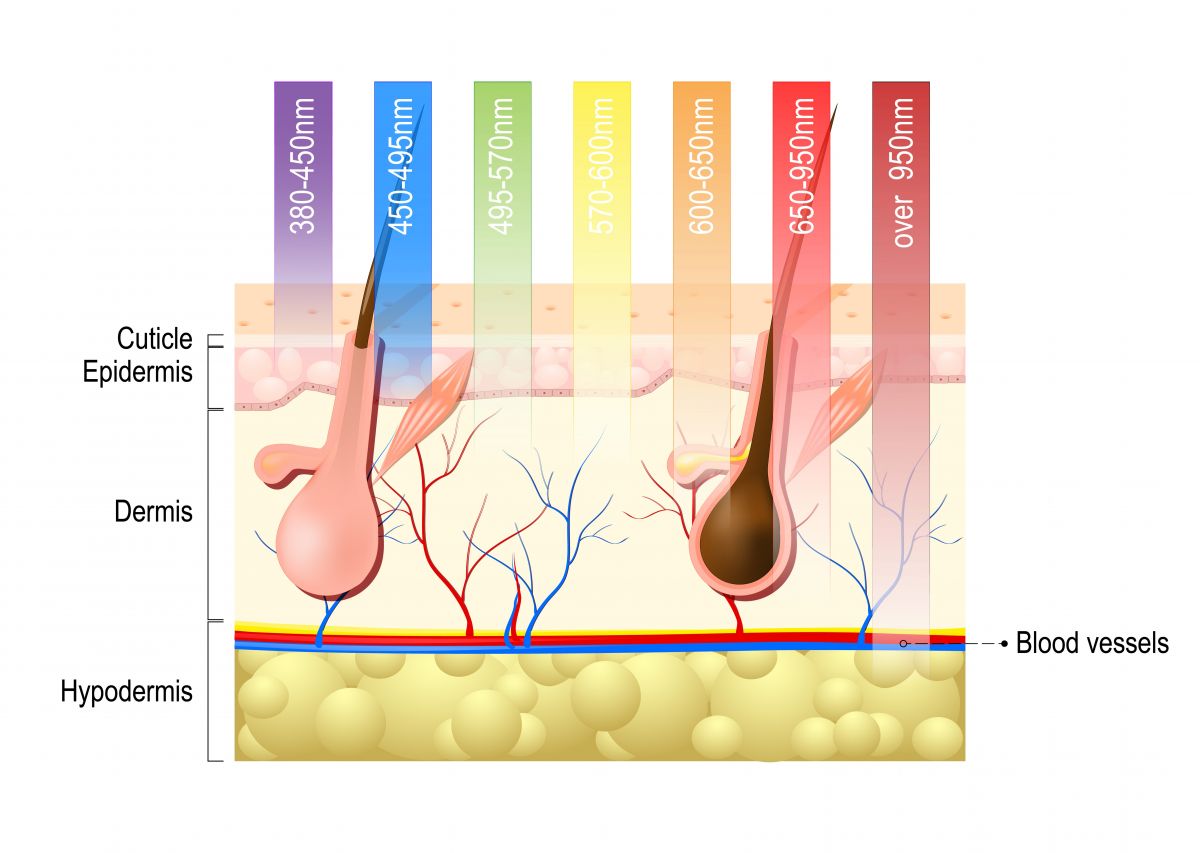
▶ Previous Artlcle : #17-4. IPL(Intense Pulsed Light)
Although the wavelengths of cut-off filter are slightly different between manufacturers, wavelengths of 400 to 490nm (420nm, 430nm) and 500 to 590nm (530nm, 560nm) are used for the treatment of acne and pigment lesions, respectively, in most cases.
Pigment lesions in the dark skin can be treated using wavelength of 560nm, long pulse duration, and lower fluence, but side effects such as PIH may be caused.
Therefore, it is safer to use a 590nm cut-off filter with low absorbance to melanin.
[Advertisement] Reandnè Thread Series – Manufacturer: GTG KOREA(www.gtgkorea.co.kr)
A 590nm cut-off filter can also be used to treat vascular lesions, but in this case, it is advisable to use double pulse instead of single pulse.
For hair removal, wavelengths of 700 to 790nm (700nm, 750nm) or 800 to 890nm should be used for deep penetration (Table 1).
IPL treats lesions based on the extended theory of selective photothermolysis like long-pulsed laser.
Therefore, IPL is not helpful in treating benign lesions as thick as liver spots or intradermic pigments but is effective in the treatment of superficial pigments, vascular lesions or inflammatory lesions such as acne, hair removal, etc.
For IPL treatment, it is safe to apply a sequential, phased alternation of parameters including cut-off filter, pulse duration and fluence rather than using strong energy to obtain all of the desired results at once.
For example, if both blemish and telangiectasis on the skin should be treated, the two things to be addressed preferentially are deep superficial pigment lesion and skin color.

Spectrum of light therapy.
-To be continued




















